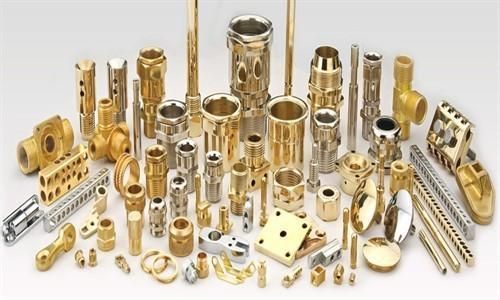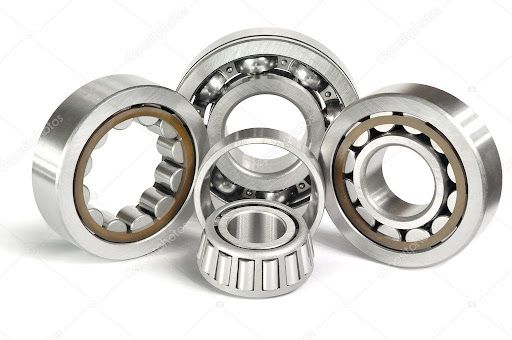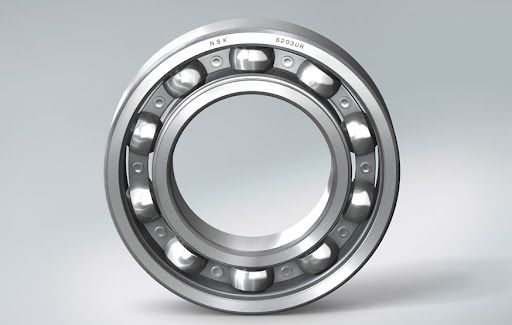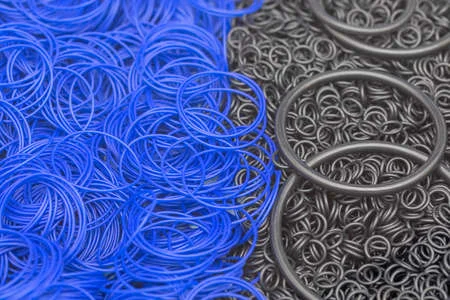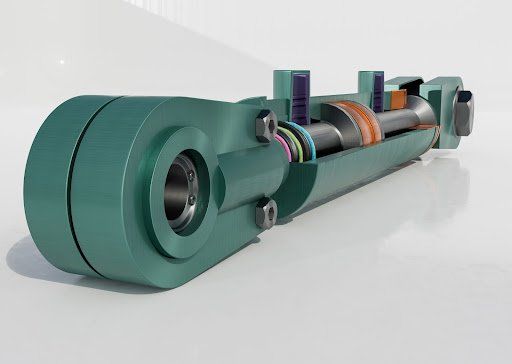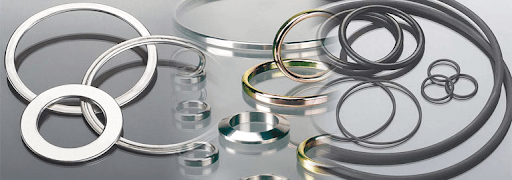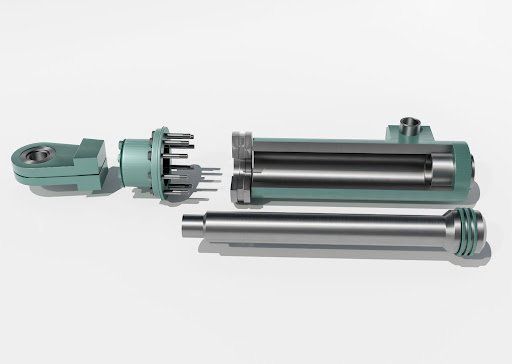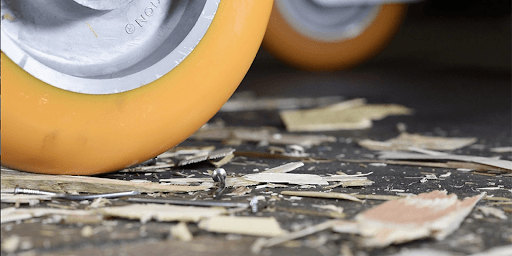All you need to know about spiral wound gaskets
All you need to know about spiral wound gaskets
What Are Spiral Wound Gaskets?
Spiral wound gaskets are commonly used metallic gaskets in industrial settings that include a wide range of pressure and temperature conditions. These gaskets are widely used in the oil and gas, petrochemical, chemical, electrical and food sectors to prevent leaks at the flange joints.
These engineering components were by Flexitallic in 1912 for suiting the US refinery operations revolving around extreme temperature and pressure variations.
What Are The Major Applications Of Spiral Wound Gaskets?
The gasket has multiple applications:
- Applications for high-temperature services
- For corrosive fluids
- For flammable fluids
- Hydrogen
- High-Pressure applications
The Major Parts of a Spiral Wound Gasket
The spiral wound gasket is a semi-metallic gasket constructed via a spirally wound V-shaped using metallic and non-metallic filler material. A spiral wound comprises three main parts:
- Outer Ring: The outer ring of the gasket, a centring ring or guide ring, is usually carbon steel. The primary function involves centering the gasket while fitting it into a bolted flange joint.
- Inner Ring: An important part is the inner ring in the spiral gasket. It prevents windings from bending inside the pipe. When the gasket turns, pieces are pulled into the pipe and moved into the piping system. The inner rings avoid this condition, thereby helping to reduce this condition.
- Sealing Element: Part of the gasket produces a tight seal to avoid leakage. The sealing part comprises both windings and filler material. Graphite as a filler material will also assist the gasket in avoiding flange deformation and joint displacement.
The Marks On The Spiral Wound Gasket
Various marks on the gasket differentiate the bearings. Every mark provides specific details related to the spiral wound gasket specification, which is helpful during the gasket selection process.
The markings on these electrical components offer the following information:
- The Design Standard Or Code: The code used for designing and producing the gasket is displayed.
- Manufacturer's Information: The gasket's manufacturer can be easily identified by viewing the manufacturer's name on the gasket.
- Winding and Filler Material: The winding and filler materials present in the gasket are specified.
- Diameter and Pressure Class: The diameter and pressure class marking specify how much load the spiral wound gasket can withstand.
The Thickness of the gasket: The spiral wound gasket's thickness usually ranges between 3.2 mm and 4.5 mm. A thickness of 5.5 mm and 7 mm is preferred for large diameters.
The Pressure Ratings Of
Spiral Wound
Gaskets: The gaskets are available in 7 pressure rating classes. They can be classified as 150, 300, 400,600,900,1500 and 2500, The design criteria used for determining the size of spiral wound gaskets.
The Leading Authorised Dealer For Of Engineering Components And Bearings
Bearing Centre holds excellent expertise in engineering and technical solutions, offering quality engineering components and products.
They offer the finest products handpicked from a range of internationally acclaimed suppliers.
Contact them now to know more.
We combine our years of expertise with exceptional customer service and the highest quality products. All this assures you of the best experience from start to finish.
Bearing Centre, Blantyre, Southern Region, Malawi, Africa - 312200
Website by Visionar
Subscribe to our newsletter
We will get back to you as soon as possible
Please try again later


